
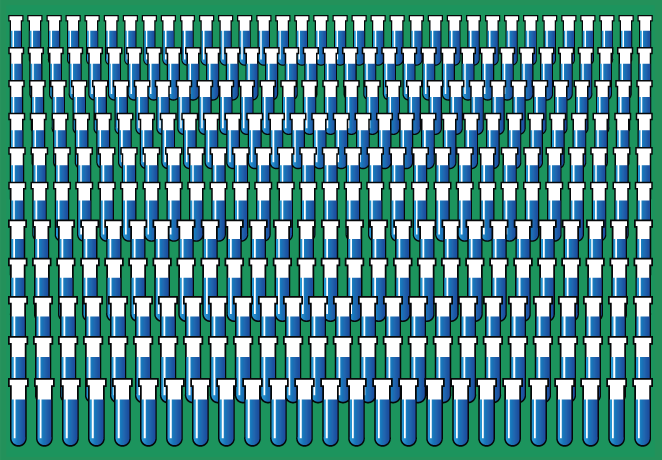
Laboratory Optimizer for Mass Testing (LOMT) manages pool testing workflows for molecular diagnostics or other qualitative testing methods in the epidemiological monitoring, mass screening, and clinical diagnosis for COVID-19 and other infectious diseases. By using advanced pool testing algorithms and advanced data analytics, LOMT allows laboratories to reduce testing cost and time, and increase capacity by up to 30 times.

LOMT automatically determines the optimal pooling strategy depending on the prevalence and operational constraints, designs pool mixing protocols, tracks specimens, pools, and assays, and decodes the results of completed assays
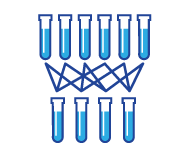
LOMT supports classic and advanced algorithms with probability analysis for different use cases and conditions, including combinatorial pooling that allows to obtain near to 100% of results in a single round and binary splitting that provdes the best assays saving
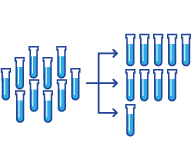
By analyzing sample data, LOMT organizes samples into segments with different prevalence and testing conditions in order to select the optimal pooling strategy for each segment or fall back on individual testing if pooling cannot be efficient
LOMT extends existing testing processes by introducing additional steps of pooling design, mixing samples into pools, decoding the result of pools, and reporting the results of samples. Depending on the goals and conditions of the testing, these steps can be performed in the laboratory during the testing or outside the laboratory at the point of care or sample collection point.
LOMT is a cloud application with a user interface that runs in a web browser on any desktop computer, laptop, tablet, or even smartphone. The software can be integrated with LIMS and equipment in high-performance automated laboratories, be used as a stand-alone application in manual laboratories, including mobile laboratories and infirmaries, or be used as a stand-alone application for extra-laboratory sample pooling.
For automated laboratories, LOMT generates mixing protocols for liquid handling robotics and reads testing results from machines. For manual laboratories, LOMT provides lab personnel with a friendly user interface for all steps of the process and a visual pipetting guide for mixing pools. When used stand-alone, LOMT also provides basic LIMS functionality for planning batches, tracking samples, pools, and assays, and bar-coding samples and assays.
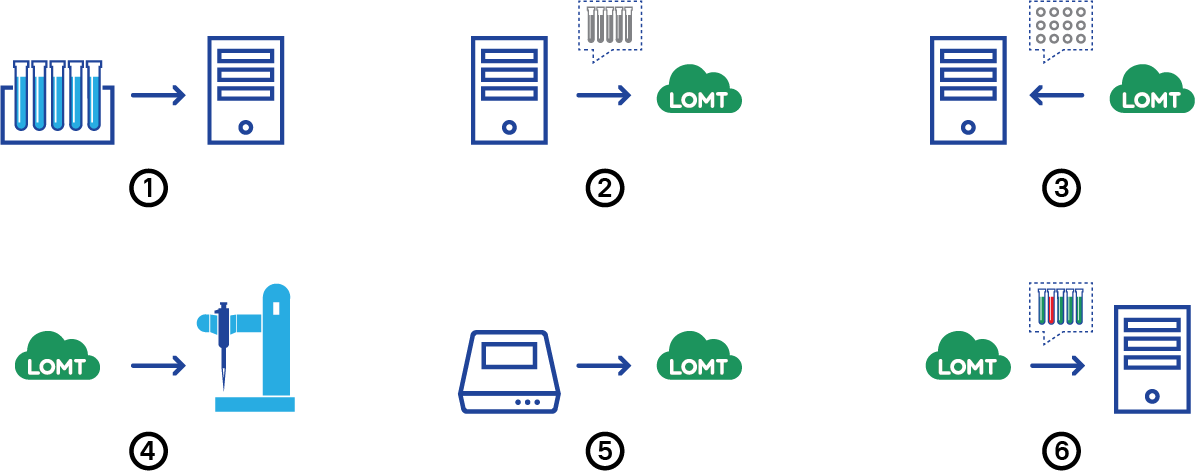
1) Incoming samples are registered in the LIMS; 2) The LIMS sends the data of the testing batch to LOMT; 3) LOMT designs a pooling plan and allocates the assays needed for the pools in the LIMS; 4) LOMT sends the mixing protocol to the lab automation; 5) The pools are tested in the usual way (RNA extraction and amplification) and results are sent to LOMT; 6) LOMT decodes the results of the pools back to the samples and reports the results of the samples through the LIMS.

1) Incoming samples are registered in LOMT; 2) LOMT designs a pooling plan and guides the lab technician through the mixing protocol; 3) The pools are tested in the usual way (RNA extraction and amplification) and results are sent to LOMT; 4) LOMT decodes the results of the pools back to the samples and displays the results of the samples.
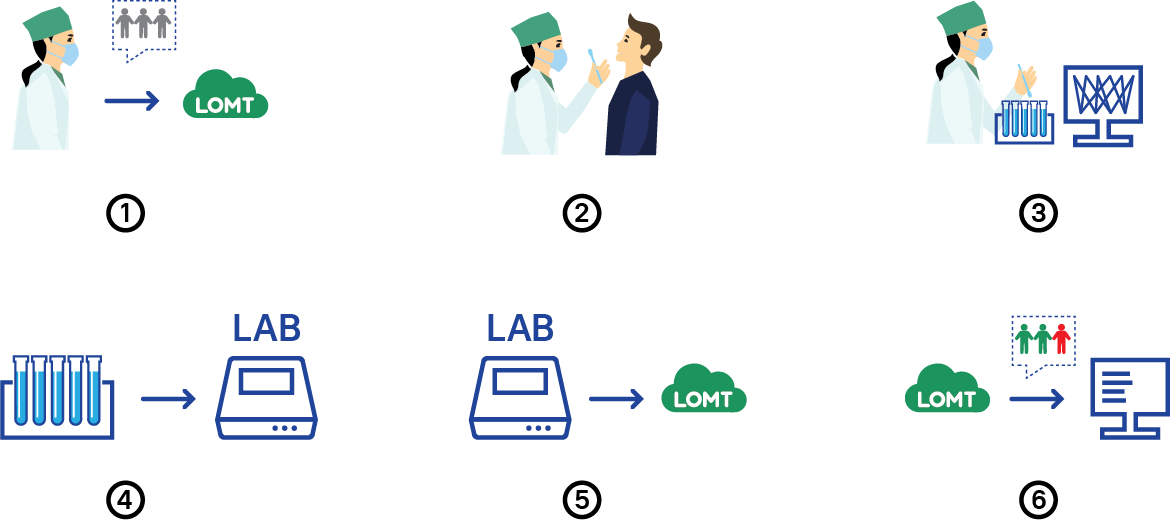
1) The nurse registers testing persons in LOMT; 2) The nurse collects biomaterials; 3) LOMT designs a pooling plan and guides the nurse through the placing biomaterials into pool tubes; 4) The pools are sent in a laboratory for analysis; 5) The results from the laboratory are sent to LOMT; 6) LOMT decodes the results of the pools and reports the results of the testing persons.